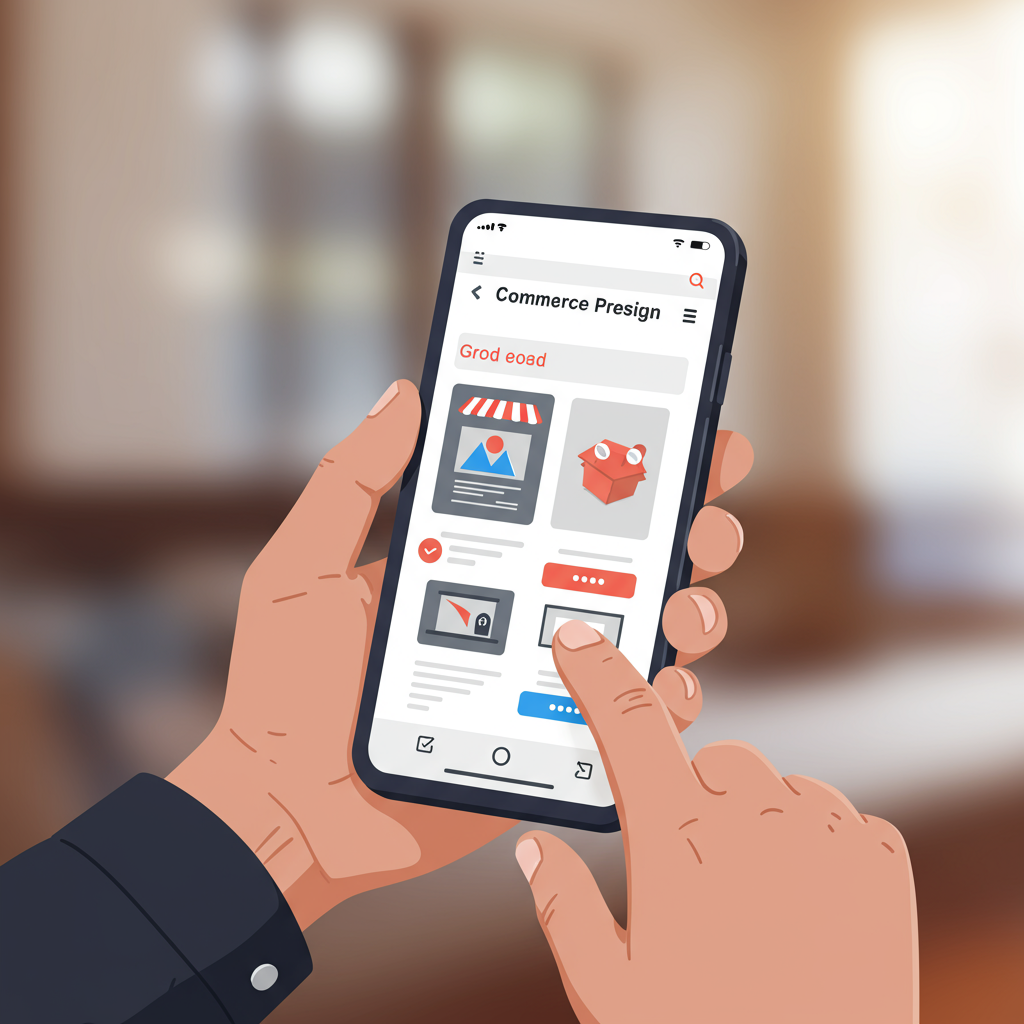Unlock higher conversions by designing an intuitive, lightning-fast mobile shopping experience.
Hello fellow merchants! Today, I want to talk about something incredibly vital for your Shopify store’s success: building for the mobile-first, app-obsessed customer.
In our increasingly connected world, the smartphone isn’t just a device; it’s an extension of our customers’ lives. They live on their phones, and they expect seamless, intuitive experiences.
Think about it: how often do you check your own phone? How many apps do you use daily? Your customers are no different. They’re accustomed to the speed and convenience of mobile applications.
This shift means your Shopify store can’t just be “mobile-friendly.” It needs to be “mobile-first.” It needs to feel as natural and efficient as their favorite apps.
So, what does “mobile-first” truly mean for your e-commerce strategy? It means designing and optimizing your store primarily for the small screen, then scaling up for desktops.
It’s about prioritizing speed, simplicity, and an intuitive user journey above all else, because mobile users are often on the go, easily distracted, and have little patience for friction.
Let’s dive into the core elements of achieving this. First, your Shopify theme is your foundation. Always choose a responsive theme that adapts flawlessly to any screen size.
Shopify’s theme store offers many excellent options, both free and paid, that are built with responsiveness in mind. Don’t compromise on this.
Beyond responsiveness, speed is paramount. Mobile users expect pages to load almost instantly. Every second of delay can lead to a significant drop-off in conversions.
To optimize speed, compress all your images without sacrificing quality. Shopify has built-in features for this, but consider third-party apps for advanced compression.
Implement lazy loading for images and videos, so content only loads as the user scrolls down. This significantly reduces initial page load times.
Minimize the use of heavy scripts and unnecessary apps that might slow down your store. Regularly audit your installed apps and remove any you don’t actively use.
Next, consider navigation. On mobile, screen real estate is precious. Opt for clean, minimalist navigation, often utilizing a “hamburger” menu icon.
Ensure your menu categories are clear, concise, and logically organized. Make it easy for customers to find exactly what they’re looking for with minimal taps.
Readability is another critical factor. Use clear, legible fonts with adequate size and line spacing. Avoid overly decorative fonts that are hard to read on a small screen.
Ensure sufficient contrast between text and background colors. Accessibility isn’t just good practice; it enhances the experience for everyone.
Touch targets – buttons and links – must be large enough and spaced far enough apart to be easily tapped with a thumb or finger, preventing accidental clicks.
Think about the checkout process. This is where many mobile sales are lost. Streamline it as much as possible.
Offer express checkout options like Shop Pay, Apple Pay, or Google Pay. These one-tap solutions are gold for the app-obsessed customer.
Minimize the number of fields required in forms. Enable auto-fill where possible. The less typing, the better.
Product pages need special attention. High-quality, zoomable images and short, punchy product descriptions are key.
Consider adding short product videos or 360-degree views. These can convey more information quickly than text alone and are highly engaging on mobile.
Now, let’s talk about leveraging Shopify apps to enhance the mobile experience. Push notifications can be incredibly powerful for re-engaging customers.
Loyalty programs and personalized recommendations, often powered by apps, can make your store feel more like a tailored app experience.
Integrating customer service chatbots or live chat directly into your mobile store provides instant support, mirroring the quick help found in many apps.
Don’t forget about social media integration. Make it easy for customers to share products or connect with your brand on their preferred platforms.
Consider SMS marketing for abandoned carts or promotions. It’s direct, personal, and perfectly suited for mobile users.
For the truly app-obsessed, explore Progressive Web Apps (PWAs). While not native apps, PWAs offer an app-like experience directly from the browser, including offline capabilities and home screen icons.
Finally, testing and optimization are continuous processes. Regularly test your store on various mobile devices and browsers.
Utilize tools like Google’s Mobile-Friendly Test and PageSpeed Insights to identify areas for improvement.
Monitor your mobile analytics closely. Track conversion rates, bounce rates, and user flow specifically for mobile traffic.
A/B test different layouts, button placements, and calls to action to see what resonates best with your mobile audience.
Building a mobile-first Shopify store isn’t just a trend; it’s a necessity for thriving in today’s digital landscape. It’s about meeting your customers where they are and how they prefer to shop.
By focusing on speed, simplicity, and an app-like user experience, you’ll not only satisfy your app-obsessed customers but also significantly boost your conversions.
What do you think about this article? I’d love to hear your thoughts and experiences with mobile optimization!






